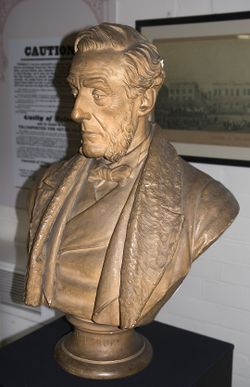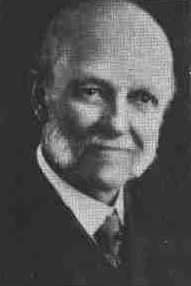أرض بلا شعب لشعب بلا أرض

أرض بلا شعب لشعب بلا أرض هو إدعاء قام بالترويج له زعماء الحركة الصهيونية مثل إسرائيل زانجويل و ثيودور هيرتزل ننج عن هذا الإدعاء إحدى أهم الكوارث الإنسانية التي حدثت في القرن العشرين ألا و هو ترحيل الفلسطينيين.
وبالرغم من اقتران الشعار بالصهيونية إلا أن من صاغه كان رجل دين استعادي مسيحي، هو أنتوني آشلي-كوپر في عام 1843.
يقصد بهذا الشعار أن هناك (أرض بلا شعب) وهي أرض فلسطين يجب أن تعطى إلى (شعب بلا أرض) و هم اليهود.
مما يجدر ذكره أن هذا الإدعاء له شقان، الأول هو أرض بلا شعب، وهو الجزء الكاذب من الإدعاء أو الشعار، والشق الثاني هو (شعب بلا أرض) و هو الجزء الصادق من الشعار أو الإدعاء.
استخدام الشعار
استخدام التعبير من قبل الصهاينة المسيحيين والمنادين بعودة اليهود للأرض المقدسة
تعبير عن رغبة في أن يختفي العرب
غادة الكرمي و يوجين كوتران interpret the phrase as part of a deliberate ignoring, not expressing a lack of awareness of the existence of Palestinian Arabs on the part of Zionists and, later, Israelis, but, rather, the fact that Zionists and Israelis preferred to pretend that Palestinian Arabs did not exist and the fact that Jews wished they would go away.[1] Nur Masalha, contributing to an edited collection by Ghada Karmi and Eugene Cotran, cites Israel's leading satirist Dan Ben-Amotz, who observed that "the Arabs do not exist in our textbooks [for children]. This is apparently in accordance with the Jewish-Zionist-socialist principles we have received. “A-people-without-a-land-returns-to-a-land-without-people”.[2]
انظر أيضاً
المصادر
- ^ The Palestinian exodus, 1948-1998, Ghada Karmi, Eugene Cotran, University of London. Centre of Islamic and Middle Eastern Law, Garnet & Ithaca Press, 1999, pp. 66-67. [1]
- ^ Dan Ben-Amotz, Seporei Abu-Nimr [The Stories of Abu-Nimr] (Tel Aviv: Zmora-Bitan, 1982 [Hebrew]), p.155, cited in The Palestinian exodus, 1948-1998, Ghada Karmi, Eugene Cotran, University of London. Centre of Islamic and Middle Eastern Law, Garnet & Ithaca Press, 1999, pp. 66-67.
